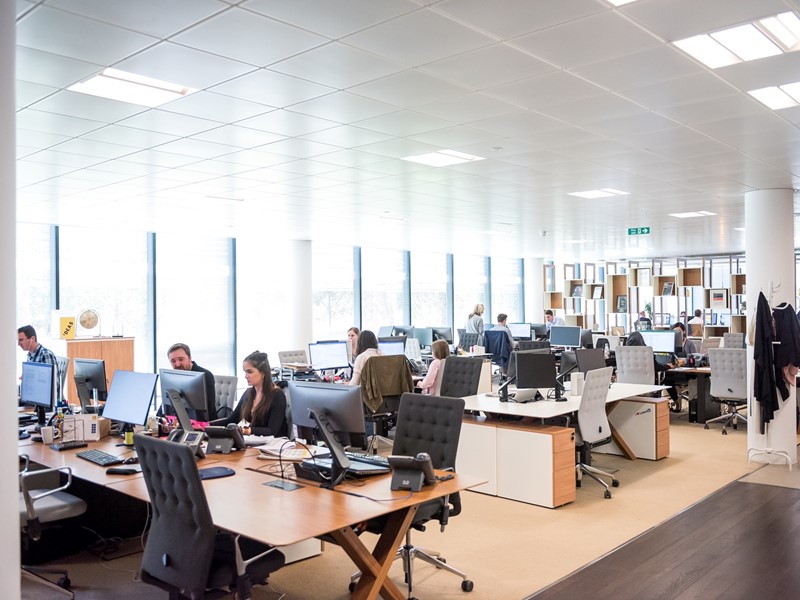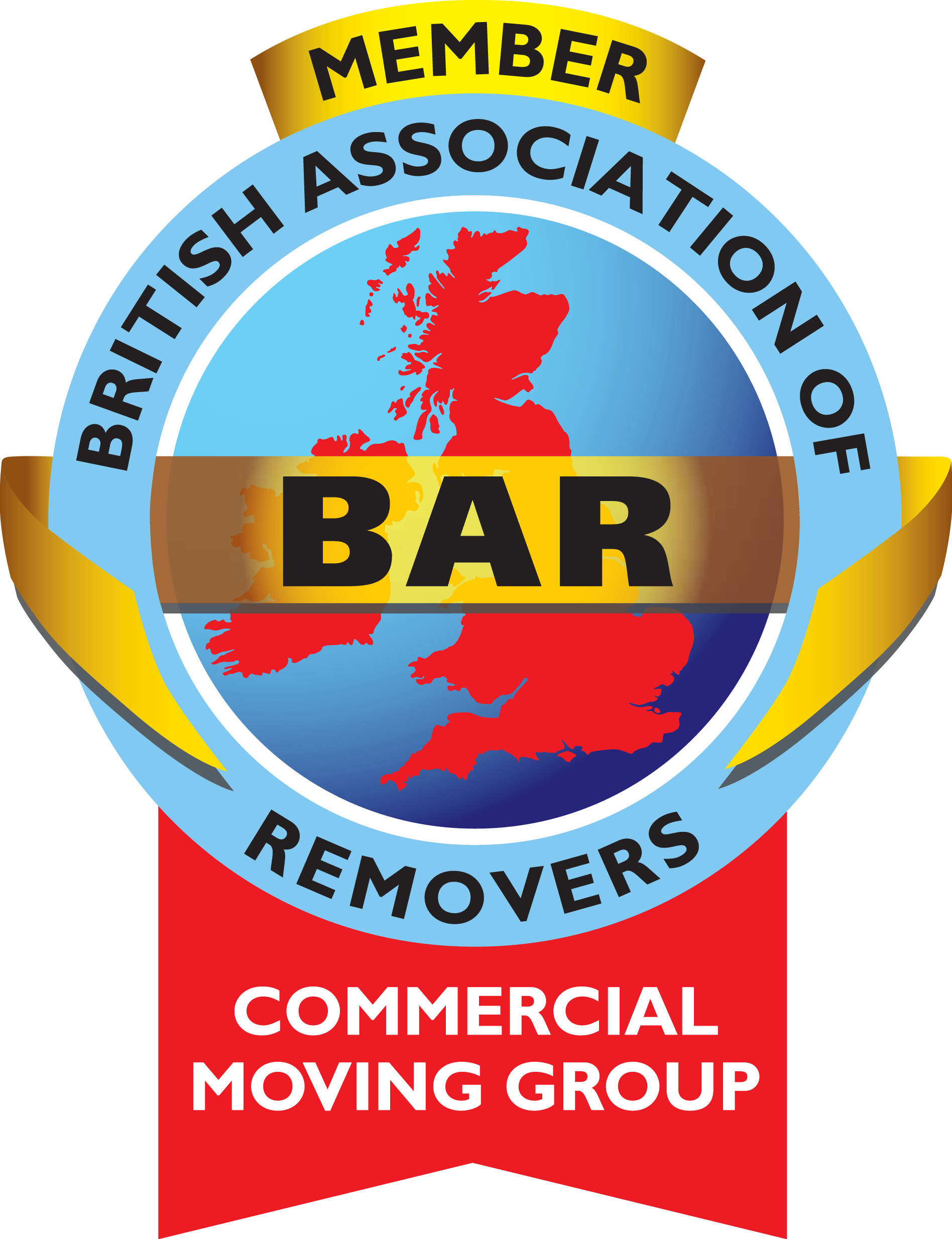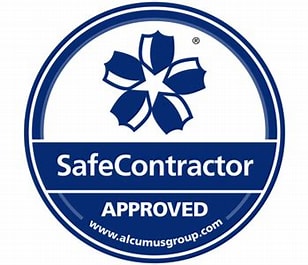Communicating the return to the office – how to get your message across
Here's what needs to be done – and said – to ensure the return to work is successful.

MORE STORIES
- Page 14 of 26
Please click here to chat through what you'd like your Success Story to be.
The current Government directive is to work from home if possible. However, when that changes businesses will need plans in place to communicate the return to the office.
Any return to the office cannot happen overnight. While March 2020 saw an abrupt exodus out of public health necessity, there won’t be the same influx of people going back into commercial buildings. In order to manage the concerns and anxiety around returning to the workplace, companies need to map out a logical approach, addressing key questions around office layouts, wellbeing, safety and more.
To achieve this, clear and transparent communication is critical. Here, we consider what needs to be done – and said – to ensure the return to work is successful.
Identify your stakeholders
Every commercial building has a variety of interested parties that will need to be informed of a planned return to work.
From business heads and employees to external parties including contractors, suppliers, visitors and landlord(s), each of these different stakeholder groups will have differing communication needs.
Business leaders will need to champion the understanding, following and impact of COVID-19 guidelines across an organisation, for example, driving any required behavioural change and instilling the importance of any new rules within their respective teams. Landlords, on the other hand, will need to know about any proposed changes as to how the space will be used moving forward.
Each group of stakeholders will have differing questions and concerns, so identifying them and their relevant needs from the outset is vital in putting together tailored communications plans.
Make planning a priority
Properly mapping out what a return might look like is equally important.
It is highly unlikely that any office will continue to operate successfully if a carbon copy of the pre-pandemic approach is returned to. From hygiene measures to office layouts to staggered or hybrid models, all possible avenues need to be explored.
Firms may need to put limits on the number of workplace occupants, reduce meeting room capacity, or tweak breakout areas. They might need to instate COVID-conscious procedures for using lifts, stairwells and washrooms. Some may feel it is necessary to implement single flow direction to avoid people crossing in corridors and maintain social distancing.
Ultimately, planning is about answering key questions: What is now different? What needs to change? What should the timelines be?
Such questions will be top of mind for stakeholders. Therefore, organisations must consider many of these key bases in order to develop a communication plan that will be able to ease concerns and answer queries.
Engaging others
The stakeholders themselves should also have input into this process.
Idea sharing is always crucial to innovation. Dictating changes to staff without requesting their input may result in changes that can upset the balance of the office and damage morale. Equally, gauging the experiences and sentiment of employees has the potential to uncover new areas of concern that hadn’t yet been considered.
The use of surveys prior to re-occupying a building can help on this front, allowing organisations to understand how people feel about the idea of returning to the workplace and what they would want to see. It will ensure any changes are relevant and informed.
Creating the messaging
Once you have formulated an informed plan of what needs to happen, you can begin to craft your communication strategy.
As has been mentioned, you will need different messages for different stakeholders. Employees will be interested in any personal benefits from the change and how they need to adapt, while clients will be interested in your plans for visitors. Each must be tailored appropriately.
The channels used to communicate this are also important in getting employees to interact with your content. Consider the timing, tone, wording and calls to action – getting these things right can move the needle from one-way delivery to two-way engagement.
Communication shouldn’t stop once everyone is back to work either. Post-occupancy surveys should be deployed to understand what has worked and what hasn’t, while communications should be kept fresh to ensure continual engagement.
Indeed, the return to work shouldn’t have a clearly defined end point. We’re continuing to navigate uncertain times, and major adjustments are likely to follow, so staying tuned in is critical.
Contact us today for further guidance on returning to the workplace in a successful manner.
MORE STORIES
- Page 14 of 26
Please click here to chat through what you'd like your Success Story to be.





